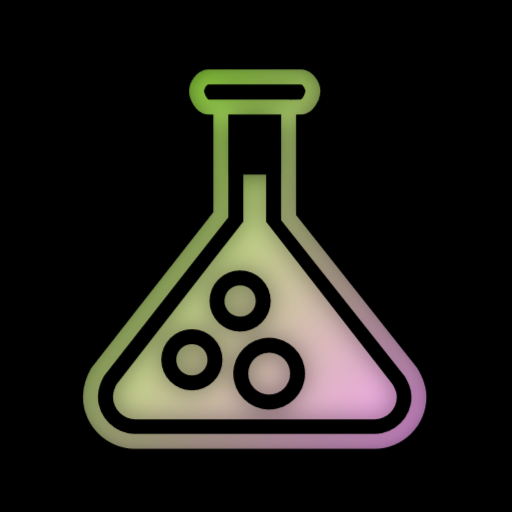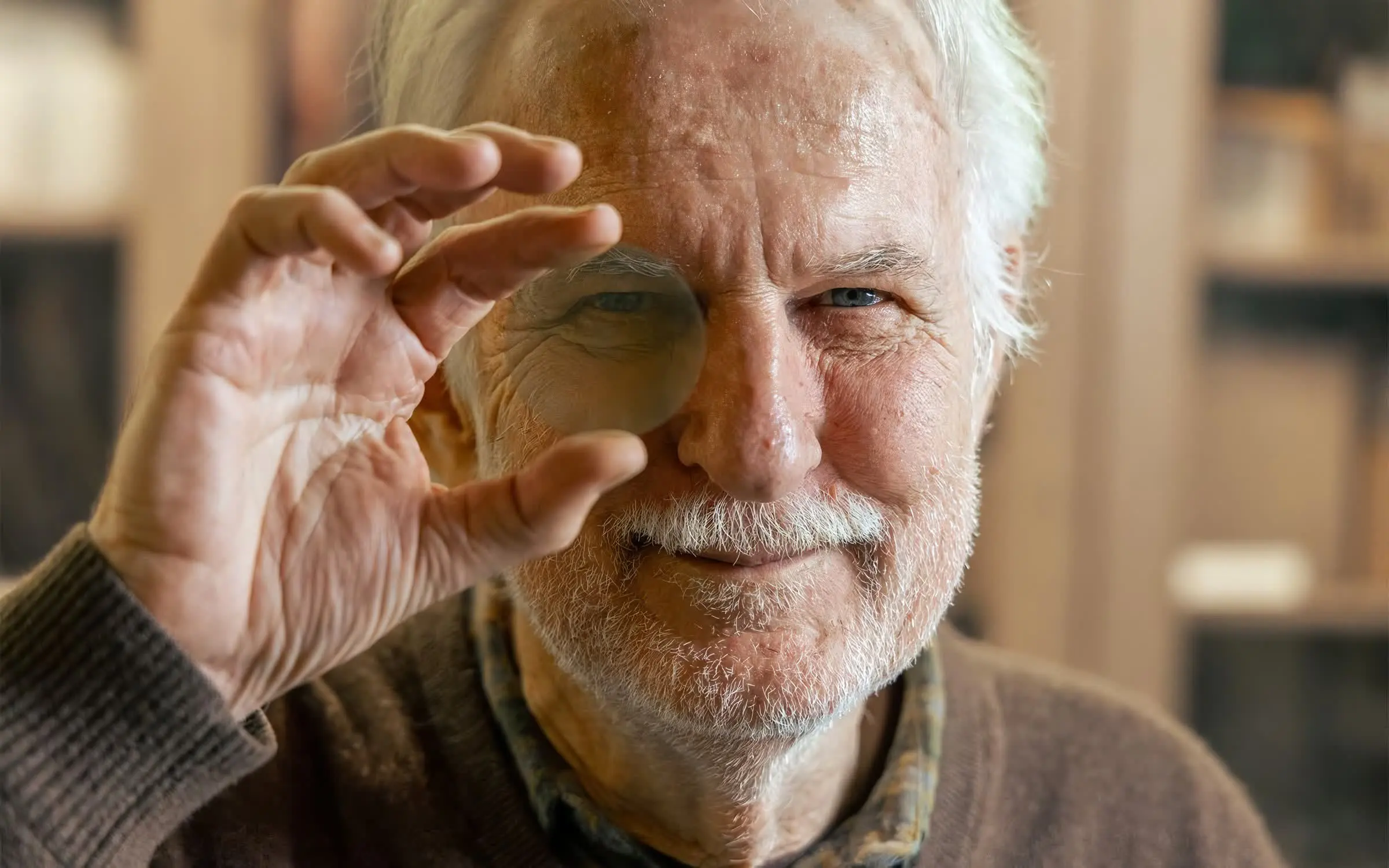I swear I’ve been reading this same breaking news story for 20 years.
The amount of transitors in integrated circuits has been doubling every two years for ~ 50 years so there would be a lot of similar headlines. People thought that would stop in 2022 but this might change that
(People have also been speculating about it for awhile but this is it actually functioning)
And it still won’t be enough processing power.
They’ll still find a way to make every game barely run and they’ll still find a way to make windows really slow even if we have 300Thz cpus. And your old 5.9ghz threadripper will be considered too shitty to be used for anything.
Where there is power, there is consumption. There will always be an other electron.
Sounds pretty cool, but I can’t tell from the article what they actually did to make it semiconductive. They heat it up and then heat it up again- that makes it a semiconductor? They drive off the doping agent- somehow that’s desireable? IIRC silicon chemistries require doping agents like arsenic to produce the semiconductor effect. I don’t get it.
And of course, the actual paper is fucking paywalled.
Is there still hope that graphene/ carbon nanotubes can create room temp superconductors? Or at least conductors surpassing what we have now?
Over the years I have heard lots of “this material might one day …” but I haven’t heard about what has been ruled out
Okay that’s it.
Can someone explain to me how semi conductors/ transistors/ electric computers work?
I can understand a mechanical computer and how 0 and 1’s can lead to addition and subtraction and therefore I could probably work out how multiplication and division work.
But I just don’t get it. If I went back in time and made a transistor what the hell would it do? How would I give that any function whatsoever? How does a semi conductors store that 1 or 0? Does it all reset when the power goes off? Doesn’t that mean ever single microscopic transistor needs to have a different charge? What controls that?
Is there a video of someone making the most basic useful computer, or is that still so complicated it needs some ww2 level demand and investment to get off the ground.
Simple answer: No one set out to solve big problems (computers) like that. If you went back in time to make a transistor, you’d be solving the issue that was the problem back then. Generally it was how to recreate and transmit radio signals for further distances. Ironic, considering that was an analog endeavor.
Computers emerged out of the discovery of correlations with logic. Many, many incremental steps to make things better, faster, and more reliable slowly developed into what we see now. Transistors the size of your hand had fundamentally different purposes back then than the millions found in the size of your typical processor, even if they do relatively operate the same.
If you’re willing to watch some YouTube videos, ben eater has a playlist on exactly this. From how semiconductors work on up.
A transistor is just a switch that can be on or off. The original computers used giant valves that could be opened or closed.
They are an electronic component in their own right and not specific to computers.
Combine them with resistors and you can make logic gates (and, or, not, etc) combine these and you can make even more complex things.
So a transistor on its own can either hold a charge or not. It doesn’t do anything useful until you combine them with other things.
I would look up videos about how microcontrollers work as they are way simpler than CPUs but the same principal.
null
As someone Dutch, what are you talking about?
That is if we can still live on this planet by the time it’s available.





